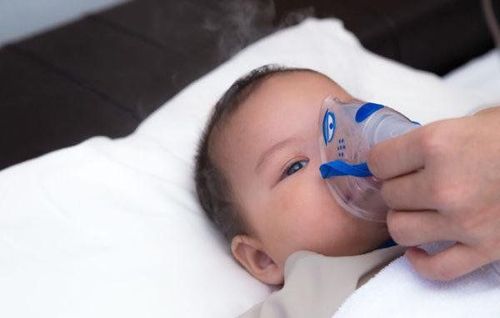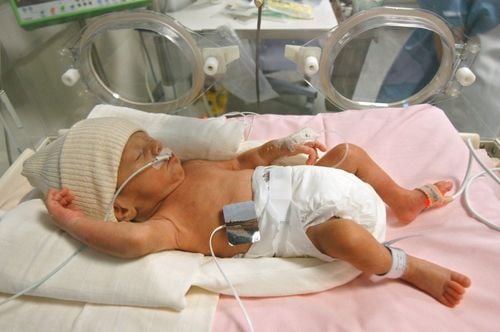This is an automatically translated article.
The article was professionally consulted by resident Doctor Ho Thi Hong Tho - Neonatologist - Department of Pediatrics - Neonatology - Vinmec Phu Quoc International General Hospital.Chronic lung disease in newborns can cause many dangerous complications such as pulmonary hypertension, pulmonary fibrosis, atelectasis, severe progression leading to infection (infant pneumonia) and risk of death. high mortality.
1. Overview of chronic lung disease in infants
Chronic lung disease in infants is also known as bronchopulmonary dysplasia. This is a consequence of the infant's high-pressure ventilation while the infant's lung structure and function are immature and oxygen poisoning is present. Chronic lung disease increases the oxygen demand of the child and increases the duration of mechanical ventilation, increasing the pulmonary artery pressure. The disease can lead to many unpredictable complications such as pulmonary fibrosis, atelectasis, limited lung function, when severe, infection (chronic pneumonia) and high mortality rate.Chronic lung disease is common in premature infants born less than 32 weeks gestation, especially those with low birth weight. Factors that increase the risk of newborns with chronic pneumonia are: Perinatal period (gestational age less than 30 weeks, weight less than 1,500g, umbilical vein cysts, male babies, mothers with amniotic membranes). family history of asthma) and the postpartum period (active resuscitation after birth causing structural damage to the lungs, continuous ventilation through the endotracheal tube for a long time, toxic oxygen, non-progressive endothelial disease) good after 3-4 days of treatment, children still have ductus arteriosus,...).
Newborns with chronic pneumonia have the following characteristics: Oxygen dependence, respiratory failure (breath rate above 60 breaths/minute or less than 30 breaths/minute, nasal fluttering, labored breathing, chest retraction, respiratory arrest for more than 20 seconds or less than 20 seconds with heart rate less than 100 beats/min, central heart SpO2 below 85%). Chronic lung disease can be diagnosed through tests such as blood gases, X-rays (pictures of pneumonia in young children), echocardiography to rule out heart damage or a patent ductus arteriosus.
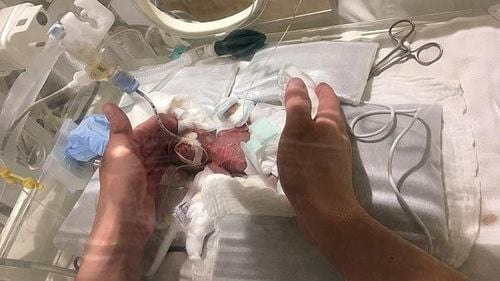
Trẻ sinh non có nguy cơ mắc bệnh phổi
2. Treatment of chronic lung disease in infants
2.1. Continue oxygen therapy or mechanical ventilation Oxygen Support, NCPAP, mechanical ventilation; Monitor blood gas, make sure the pH is within the range of 7.35 - 7.45, the PaCO2 index is acceptable at 55 - 70 mmHg; Make sure the SpO2 index reaches 90 - 95%. 2.2. Nutrition Ensure the provision of nutrients suitable for the development of infants; The child's total energy needs can be up to 150 Kcal/kg/day and the amount of amino acids is 3.5 - 4g/kg/day, so it is necessary to provide enough nutrients to meet the baby's needs; Limit fluid, total fluid intake should not exceed 150 ml/kg/day.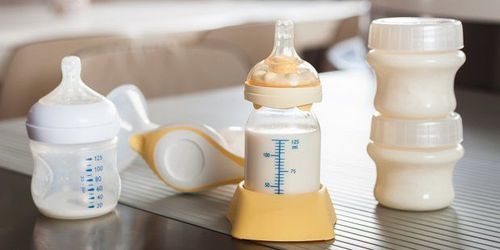
Đảm bảo dinh dưỡng cho trẻ sơ sinh
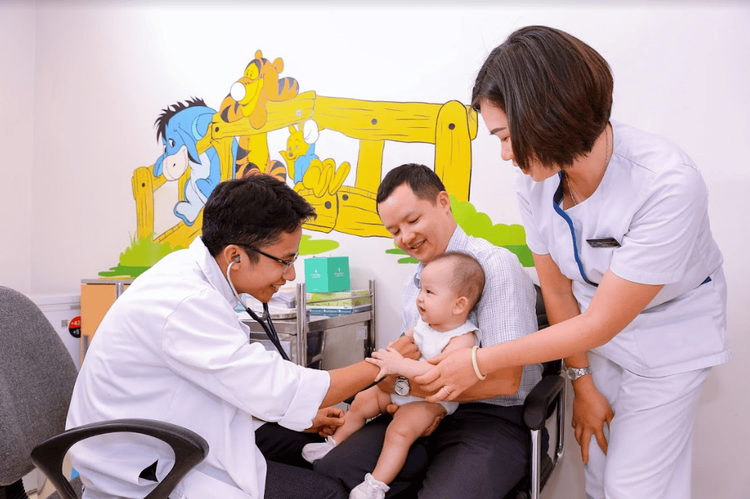
Cha mẹ nên đưa trẻ đến gặp bác sĩ để có phác đồ điều trị hiệu quả
3. Measures to prevent chronic lung disease in infants
Corticosteroid prophylaxis when preterm delivery is anticipated. Corticosteroids can reduce the incidence and severity of endocardial disease, thereby reducing the need for mechanical ventilation and reducing the risk of chronic pneumonia in premature infants; Treat surfactant (surfactant) early, avoid dependence on ventilator. Encourage early exit from the ventilator and CPAP after administering surfactant to the infant. Especially for infants born before 28 weeks of age, surfactant should be used right in the delivery room; Limit excessive use of high-dose oxygen and mechanical ventilation; Limit the infusion of fluids for infants born too preterm, at risk of having a ductus arteriosus on day 1 and day 2 after birth; Use optimized FiO2 on ventilators to ensure target PaO2.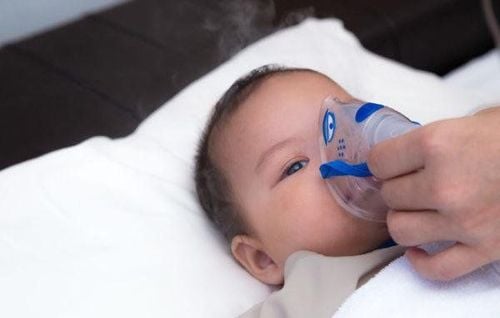
Hạn chế sử dụng quá nhiều Oxy liều cao
Pediatrics department at Vinmec International General Hospital is the address chosen by many parents to examine and treat common diseases in children such as: otitis media, bacterial fever, viral fever, pneumonia. children,... With modern equipment, sterile space, minimizing the impact as well as the risk of disease spread, a team of leading specialists with extensive professional experience will help with the visit. Examination is no longer a concern of parents.
Doctor Ho Thi Hong Tho has 10 years of experience in the field of pediatrics, neonatology, with strengths in child nutrition, pediatric emergency resuscitation, treatment of pediatric diseases from basic to advanced . Doctor Tho is a former lecturer in Pediatrics at Thai Binh University of Medicine and Pharmacy. During his work, Dr. Tho regularly participates in training courses to improve his expertise. Currently, Dr. Tho is working and working at the Department of Pediatrics - Vinmec Phu Quoc International General Hospital.
To register for examination and treatment at Vinmec International General Hospital, you can contact Vinmec Health System nationwide, or register online HERE.
MORE
Is Chronic Obstructive Pulmonary Disease contagious? What to do when you have chronic obstructive pulmonary disease? Pulmonary dysplasia in neonates





